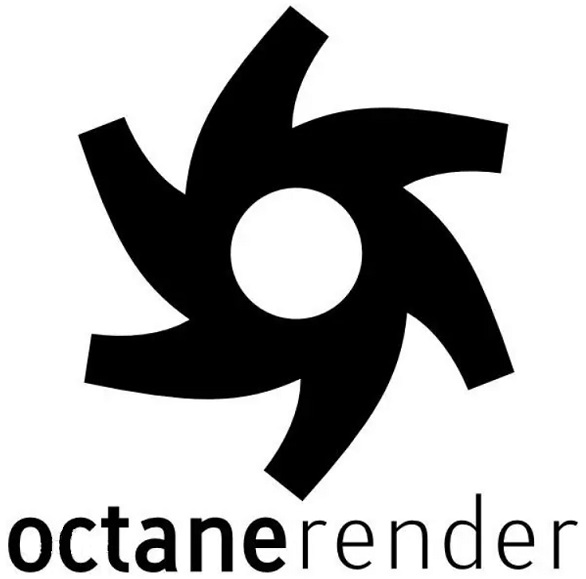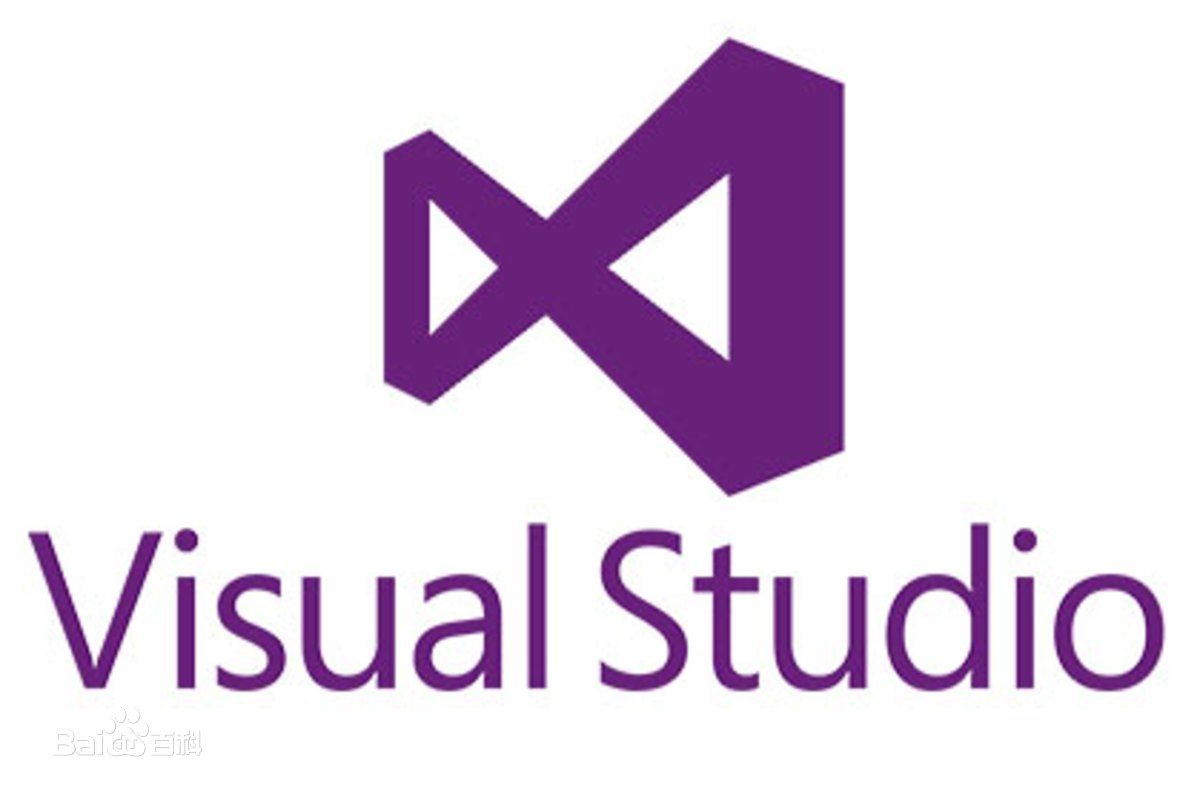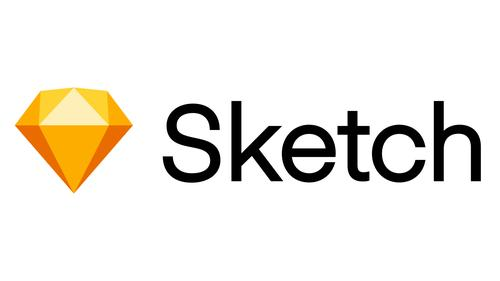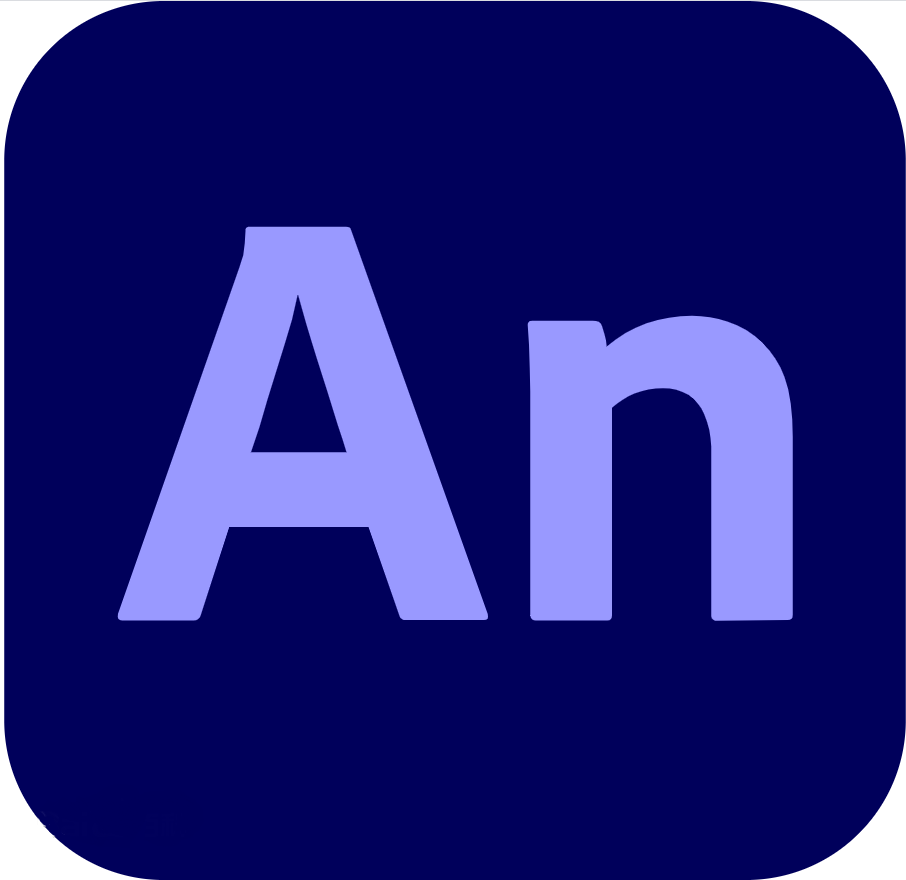
Nezha 2 As of today, "Ne Zha: The Magic Boy Roars in the Sea" has ranked fifth on the global box office chart. According to Maoyan Professional Edition data, as of March 15, 2025, the global cumulative box office (including pre-sales and overseas) of "Nezha 2" exceeded 15.019 billion yuan, surpassing "Star Wars: The Force Awakens" and ranking fifth on the global box office chart in film history. In addition, 'Ne Zha 2' also set the following box office records:
-
Since its release on January 29, 2025, it has broken the box office record in the global single film market and become the first work in the history of Chinese and Asian films to exceed 10 billion yuan in box office.
Top the global animated movie box office chart.
As of March 14, 2025, the overseas box office has exceeded 200 million yuan, becoming a new benchmark for domestic films' overseas box office in the past 10 years.
The movie 'Ne Zha 2' not only broke box office records, but also represents a leap forward in Chinese animation technology. The billion dollar leap from Nezha 1 to Nezha 2 is not only a victory for Nezha IP, but also a milestone for CG technology from "catching up" to "surpassing".

The production team of Nezha 2 independently developed the "Qiankun" rendering engine, which laid a solid foundation for the visual effects of the film.
Director Jiao Zi said, "Special effects are not about showing off skills, but serving the story." But this time, both technology and narrative have contributed to the dual core driven box office myth.
Among them, Nezha's flamethrower and Ao Bing's icy power are one of the most impressive scenes in the film.
The special effects of Nezha's flamethrower utilize a real-time physics computing system based on NVIDIA Flex. The particle fluid dynamics simulation of the flame presents a realistic combustion effect, especially in the scene of Nezha's confrontation with Ao Bing, where the flow of the flame and the distorted air effect of heat are vivid and lifelike.
Chentangguan seawater backflow: Houdini accurately simulated the dynamic characteristics of ocean waves, including the undulations of giant waves, vortex formation, and other details, using a fluid solver based on the FLIP (Fluid Interference Particle) algorithm. In combination with Ocean Toolkit plug-in, the team also added foam and splash effects to make the sense of disaster more realistic when seawater flows backward. The technical highlight of this scene is that the single frame rendering cost can reach tens of thousands of yuan, and the ocean state is adjusted through physical parameters such as wind speed and temperature to match the plot requirements.

Water Fire Fusion Special Effect: In the confrontation scene between Nezha and Ao Bing, the interaction effect between flames and water flow is also achieved through Houdini. The physical simulation of flames dynamically adjusts their shape based on energy intensity and wind force, while the details of water flow melting (such as the melting process when ice collides with flames) are controlled by particle systems.


Temple collapse and building destruction: In combat scenes, the effects of temple collapse and stone statue fragmentation are generated by Houdini's rigid body dynamics module. Optimize fragment details through VDB (Volume Data Base) data structure, simulate the physical effects of crack propagation and dust flying.
Environment and Light and Shadow Atmosphere: The flowing light effects and mechanical structure of Donghai Dragon Palace are achieved through Houdini's Environment module combined with particle systems, and the vitality of organisms such as corals and shells is derived from biomechanical simulations. Mist and atmospheric scattering effects (such as morning fog and thunderstorms) also rely on Houdini's interactive rendering technology for light and shadow.

|Houdini is a popular software in special effects production. What are its advantages? Why is special effects production inseparable from Houdini?
Programmatic workflow and high customizability:
The biggest feature of Houdini is its programmatic workflow, which abandons the traditional hierarchical and node operation mode. Through a powerful node system, it allows artists to control each element by writing programmatic scripts. This programmatic operation method enables the rapid generation of complex scenes and animations with a small number of settings in special effects production, which often requires a lot of manual adjustment in other traditional software. Artists can create countless variations for rapid iteration and modification, greatly improving work efficiency.
Powerful physical simulation capability:
Houdini has performed exceptionally well in particle systems, fluids, fabrics, rigid body and soft body physics simulations. Especially when simulating dynamic effects such as smoke, flames, explosions, as well as complex scenes such as liquid fluid simulation (such as water flow, paint splashing) and fragmentation and collision (such as building collapse, object fragmentation), Houdini provides extremely fine control and realistic simulation effects. Its built-in FLIP Fluid Implicit Particle simulation system can simulate complex liquid and gas flows, especially suitable for special effects with dynamic interactions and complex reactions.

Flexible scalability
Houdini not only has powerful built-in features, but also allows users to highly customize through Python scripts and VEX (a programming language similar to C). This allows Houdini to not only adapt to various special effects requirements, but also expand and optimize according to specific project needs. Many production teams will develop specialized tools and plugins that meet their own needs based on the different requirements of the project, further improving the efficiency and effectiveness of the workflow. Flexible scalability
Integrated workflow and post editing support
Houdini provides seamless integration with other commonly used software such as Maya, Cinema 4D, Nuke, etc. It is widely used as a "pipeline tool" in the production process, responsible for the production of core special effects, while other software is used for tasks such as modeling, rendering, and compositing. This integrated workflow highly optimizes the entire production process.
Other advantages
Houdini's built-in renderer is Mantra, based on the Reyes rendering architecture, which can quickly render motion blur, depth of field, and displacement effects. Meanwhile, Houdini also supports third-party renderers such as RenderMan, Mental Ray, Vray, Arnold, and Torque.
Although other software such as Maya, Blender, 3ds Max, etc. also have powerful special effects production capabilities, Houdini demonstrates advantages that other software cannot match in the following aspects:
Complete control and flexibility: Houdini's programmatic workflow allows for complete customization of each simulation and special effects process, and any modifications to any element will not affect the work of other parts.
Realistic simulation of complex physical phenomena: When it comes to complex physics and fluid simulations, Houdini can provide very accurate and efficient solutions, especially in its performance of particle, rigid body, and fluid simulations, which other software cannot provide the same quality of effects.
Efficient resource management: Houdini's node system can effectively manage resources in complex scenes and support large-scale data processing, with extremely high efficiency in handling large-scale scenes and complex special effects.



Currently, Houdini has a wide range of applications in various fields, including movies, games, advertising, and more. Many well-known blockbusters such as The Avengers, Jurassic World, and Interstellar have used Houdini for their special effects. Houdini has become an indispensable tool in special effects production due to its programmatic workflow, powerful physical simulation capabilities, flexible scalability and customization, integration and collaboration with other software, as well as a wide range of application scenarios and successful cases. These successful cases further demonstrate Houdini's outstanding performance in the field of special effects production.









